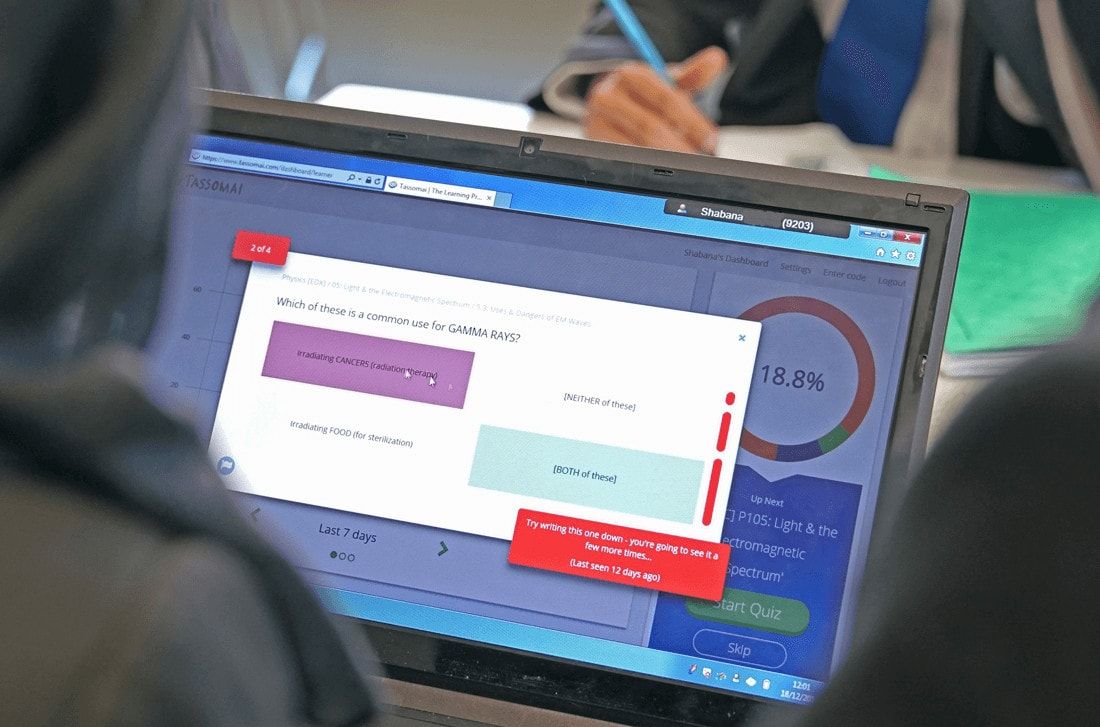
The Cheese Factor – Top tips for implementing EdTech in school
Published
Monday, 22 January
Author
Mark Rosser
Categories
Blog
January
Share
Technology in schools can make a massive difference, improving outcomes for pupils and making teachers’ lives easier. But EdTech isn’t a silver bullet – the key to impact and efficacy comes down to successful implementation and that involves collaboration between teachers and technology providers. I’ve been a Head of Science or have line-managed science for […]
This content is restricted to BESA members
LoginNot yet a member?
Become a part of the BESA community and unlock exclusive business advantages, including:
- Trusted provider status to enhance your industry credibility
- Exclusive discounts on major exhibitions and events
- Access to vital sector insights with resources like the BESA Barometer and Compass reports
- Networking opportunities with industry leaders
- Exclusive business benefits designed to help your organisation thrive
Join now and take advantage of BESA's membership benefits to stay ahead in the industry.
Become a member